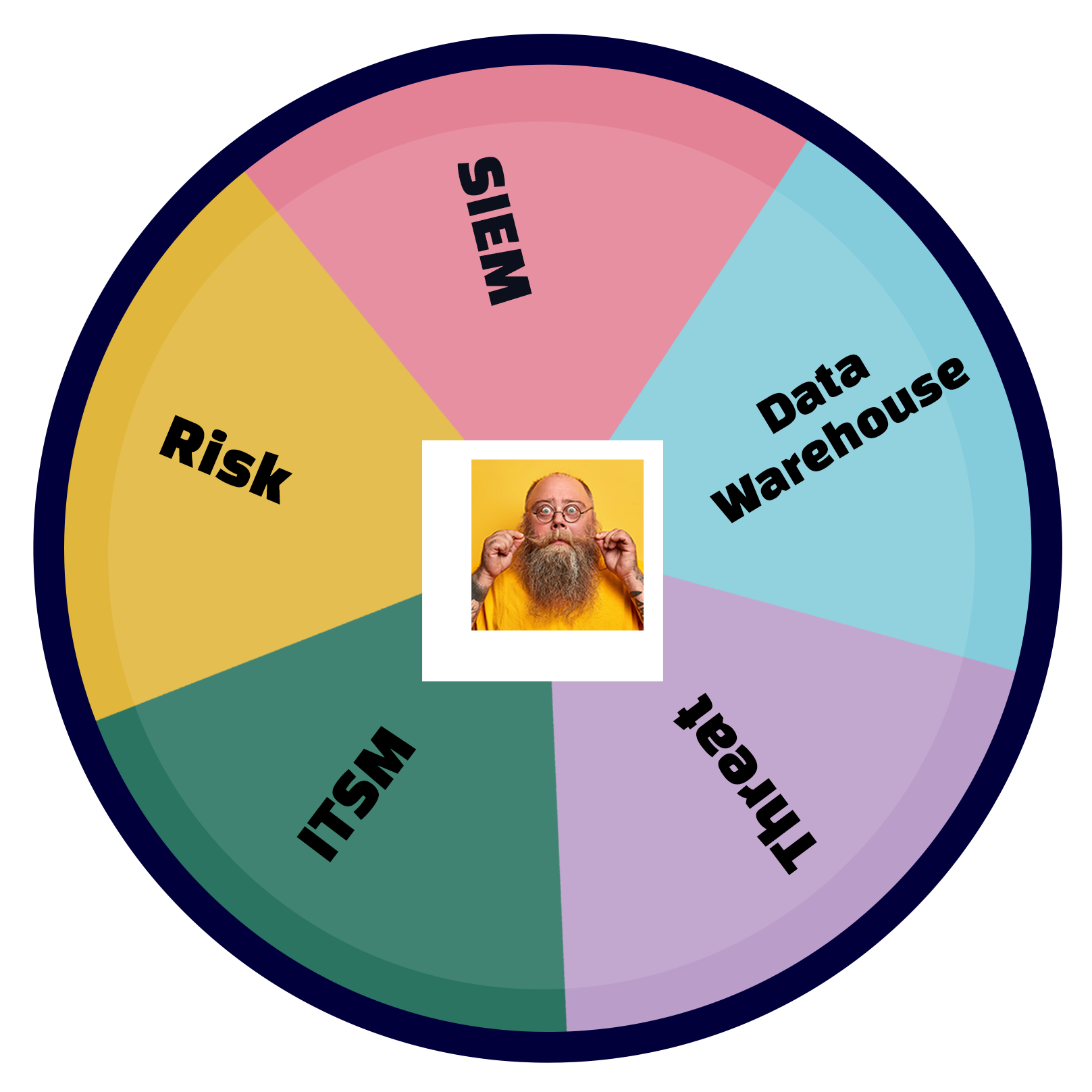In today’s digital age, cyberattacks are becoming increasingly sophisticated and frequent. One of the most effective ways to protect against these attacks is to update software regularlythrough regular software updates. However, despite the well-known benefits of software updates, many individuals and organizations neglect this crucial aspect of cybersecurity. This article will explore the importance of regular software updates in cybersecurity, the risks of not updating software, and best practices for effectively managing software updates management.
The Importance of Regular Software Updates:
Regular software updates play a crucial role in cybersecurity. These updates often include important security patches and bug fixes that help to mitigate the risk of cyberattacks. Hackers are constantly searching for vulnerabilities in software and exploiting them to gain access to sensitive information. By failing to update software regularly, individuals and organizations leave themselves vulnerable to these attacks.
The Risks of Not Updating Software:
The risks of not updating software are significant. One of the most significant risks is the increased vulnerability to cyberattacks. Hackers can exploit vulnerabilities in outdated software to gain access to sensitive information, disrupt operations, and cause significant financial and damage to your reputational damage. In addition to the risk of cyberattacks, outdated software can also cause compatibility issues, reduce performance, and result in system crashes.
Best Practices for Effective Software Update Management:
To effectively manage software updates, organizations should implement best practices such as:
- Prioritize Critical Updates: Not aAll software updates are not created equal. Some updates are more critical than others. , and oOrganizations should prioritize critical these updates to ensure that they are installed as soon as possible. Critical updates often include security patches and bug fixes that address known vulnerabilities.
- Test Updates Before Deployment: Before deploying software updates, it is important to test them in a controlled environment to ensure that they do not cause compatibility issues or other problems. This can help to Testing prevents downtime and other disruptions that can result from faulty updates.
- Automate Software Updates: Automating software updates can help to ensure that updates are installed promptly and without disruption to operations. Automated software updatesThis can also reduce the risk of human error, which can lead to missed updates, or incorrect installations.
- Use Trusted Sources: When downloading software updates, it is important to use only trusted sources to reduce the risk of malware and other security threats. Organizations should only download software updates only from official sources or reputable third-party providers.
- Keep Track of Software Inventory: To ensure that all software is up-to-date and secure, it is important to keep track of software inventory. This inventory can help to identify outdated software and ensure that all necessary updates are installed.
Conclusion:
Regular software updates are a crucial partaspect of effective cybersecurity. By keeping software up-to-date, individuals and organizations can reduce the risk of cyberattacks, protect sensitive information, and ensure the smooth operation of systems and networks. By following best practices for effectively managing software updates management, organizations can ensure that updates are installed promptly, without disruption to operations, and with minimal risk of human error.









